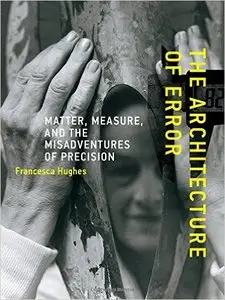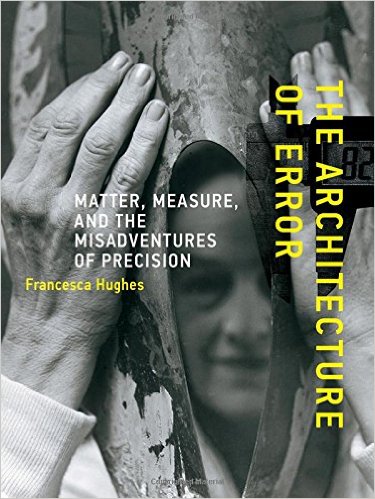Francesca Hughes, "The Architecture of Error: Matter, Measure, and the Misadventures of Precision"
2014 | ISBN-10: 0262526360 | 328 pages | PDF | 10 MB
2014 | ISBN-10: 0262526360 | 328 pages | PDF | 10 MB
When architects draw even brick walls to six decimal places with software designed to cut lenses, it is clear that the logic that once organized relations between precision and material error in construction has unraveled. Precision, already a promiscuous term, seems now to have been uncoupled from its contract with truthfulness. Meanwhile error, and the always-political space of its dissent, has reconfigured itself. In The Architecture of Error Francesca Hughes argues that behind the architect's acute fetishization of redundant precision lies a special fear of physical error. What if we were to consider the pivotal cultural and technological transformations of modernism to have been driven not so much by the causes its narratives declare, she asks, as by an unspoken horror of loss of control over error, material life, and everything that matter stands for? Hughes traces the rising intolerance of material vagaries – from the removal of ornament to digitalized fabrication – that produced the blind rejection of organic materials, the proliferation of material testing, and the rhetorical obstacles that blighted cybernetics. Why is it, she asks, that the more we cornered physical error, the more we feared it? Hughes's analysis of redundant precision exposes an architecture of fear whose politics must be called into question. Proposing error as a new category for architectural thought, Hughes draws on other disciplines and practices that have interrogated precision and failure, citing the work of scientists Nancy Cartwright and Evelyn Fox Keller and visual artists Gordon Matta-Clark, Barbara Hepworth, Rachel Whiteread, and others. These non-architect practitioners, she argues, show that error need not be excluded and precision can be made accountable.



